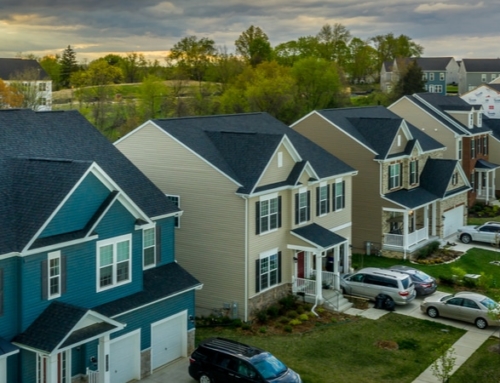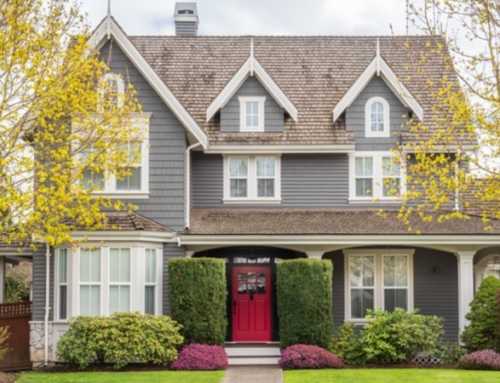According to a newly-released report, housing prices are going up, as are the numbers of homeowners.
Although that’s good news for the 67 percent of Americans who own their own homes, housing is becoming increasingly unaffordable, according to the 2001 State of the Nation’s Housing, published by the Joint Center for Housing Studies of Harvard University.
The study concludes that “while current property owners clearly benefit from this price inflation, prospective homebuyers must come up with more money to make even a small down payment, while renters have to shoulder mounting housing costs.”
Conventional lenders recommend that home buyers spend no more than 28 percent of their gross monthly income on their mortgage, real estate taxes and insurance premiums, and no more than 36 percent on total debt. And yet, this year’s study found that nearly 25 percent of homeowners and forty percent of renters spent at least 30 percent of their income on housing.
Worse, more than 14 million owner and renter households spent more than half their incomes on housing in 1999, according to the most recent statistics available. The number of American households that depend on two incomes to pay the costs of housing is on the rise, too. Even with two employed adults, more than 20 percent of low-income married couples pay more than half their income for housing.
Clearly, the supply of new housing, for purchase and for lease, isn’t keeping up with demand. In the past few weeks, many economists have said they can’t believe how fast the demand for housing is growing.
Since 1994, the number of homeowners has grown by 8.1 million, a record increase for a six-year period. According to the State of the Nation’s Housing, “homeownership rates have risen for all income, racial and ethnic groups, with minorities experiencing the fastest growth.”
In fact, it is the number of immigrant and minority families who are buying homes in increasing numbers that is greatly responsible for the surge of homeownership, the study concludes.
Low mortgage interest rates have contributed as well. With interest rates hovering around 7 percent for a 30-year fixed rate loan, the residential real estate market has continued to be strong, despite a stalled economy. Unlike previous economic slowdowns, where housing starts, new home sales and existing home sales declined between 18 to 30 percent, these categories of the market have continued to grow.
Over the next few years, the study suggests that the pace of building and buying new homes could exceed the record levels set in the 1990s.
“As the oldest of the echo boomers reach young adulthood, they will drive up the demand for apartments and starter homes. The baby boomers, meanwhile, will be well within their peak earning years, strengthening demand for second and tradeup homes as well as for luxury apartments,” the study says.
And minorities will play an increasingly important role in housing growth.
The only sector that has begun to falter is manufacturing housing. Manufactured housing shipments were down 28 percent in 1999, which the study attributes to problems with financing.
For consumers who are wondering when the inevitable slowdown will occur, the answer seems to be not any time soon – at least on a national scale. But because real estate is such a local business, undoubtedly communities in areas that are being hit hardest by layoffs will find prices stagnate and possibly even drop, until the general economy starts moving faster.






Leave A Comment